


Get more than just likes.
Make massive revenue gains and send your bottom line soaring with an effective social media advertising campaign on Facebook, Instagram, LinkedIn or YouTube.

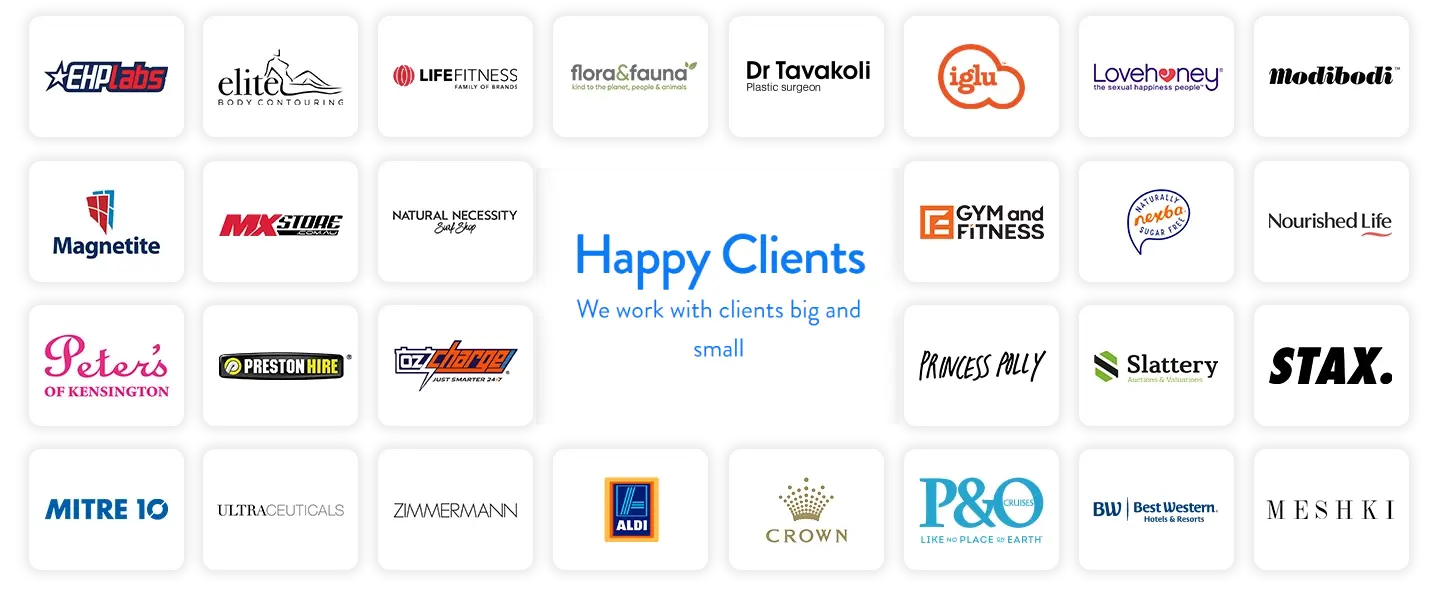
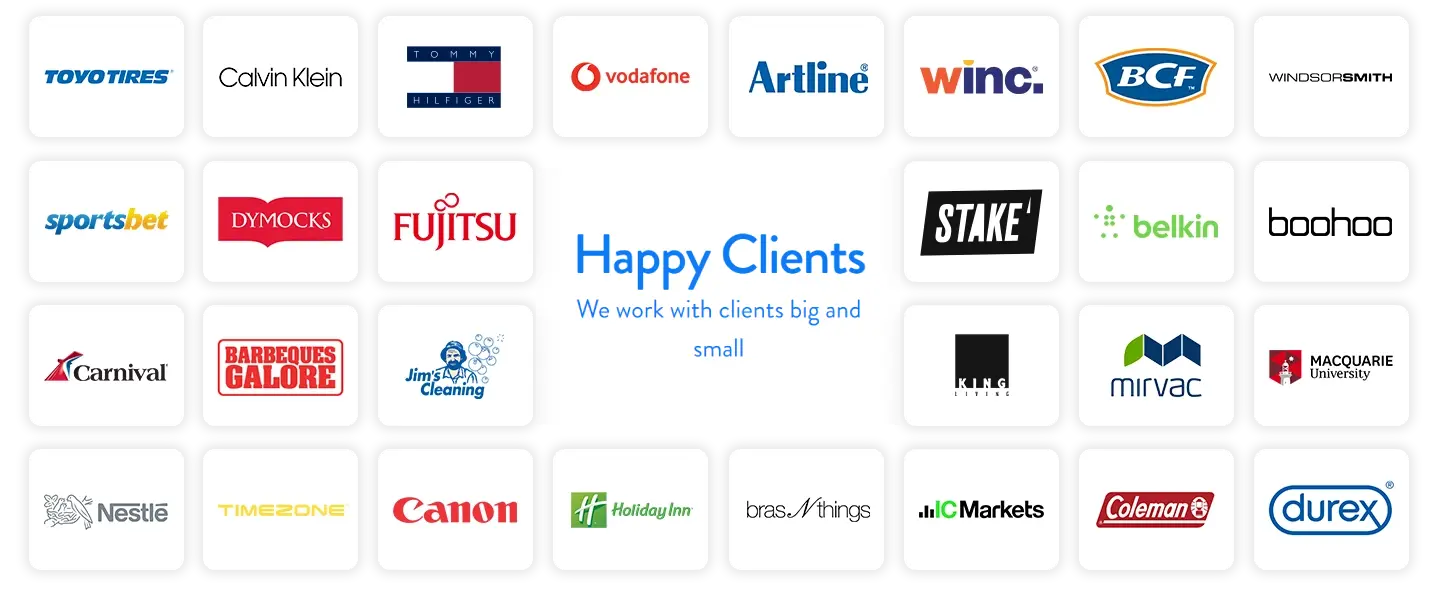

Think social media is just for creating brand awareness? Think again. Watch your leads grow and revenue soar with an integrated social media advertising strategy.
If you want to make real money with Facebook, Instagram, LinkedIn, or YouTube, you need a winning social media strategy. One that doesn’t just connect with your current customers, but that creates new ones — and lots of them. And that’s precisely what we’re here to help you achieve with our social media services.
Our Gurus have the chops to create revenue-shifting social media advertising campaigns that fuel your funnel and grow your business. With us, it’s not about vanity metrics. It’s all about developing targeted campaigns that deliver the results that really matter for your business: clicks, leads, and sales.


Cherry-pick your audience from 2.8 billion people, and filter out the rest. This is all possible with Facebook’s insanely powerful targeting capabilities. Create laser-focused campaigns based on age, gender, location, interests, liked posts, pages and more. Then leverage this valuable data to prime your social media marketing for clicks and conversions.
Grab your target market’s attention and create instant sales opportunities with an eye-catching ad on Instagram. 83% of shoppers use Instagram to discover new products and services — which means you’re advertising to an audience that’s ready to buy what you’re selling. With the right ad and the right targeting, you’ll be raking in the revenue before you know it.
Reach key decision-makers, influence purchasing decisions, and build up your industry klout…it’s all possible with LinkedIn Ads. 740+ million professionals use this social media platform — and if you’re trying to grow your B2B business, you need to be there too. From InMails to sponsored content, we’ll help you link in to more leads and sales with hyper-targeted LinkedIn Ads.







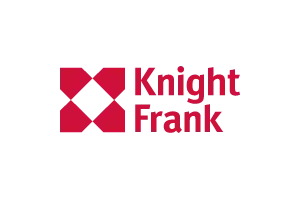


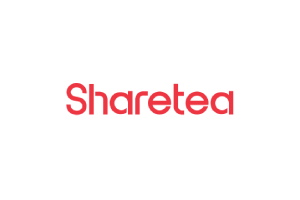


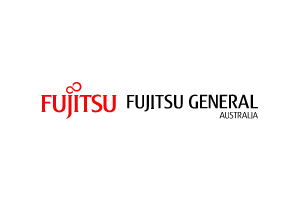

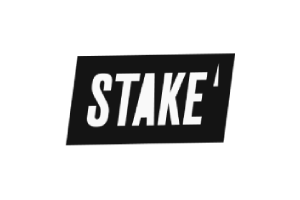

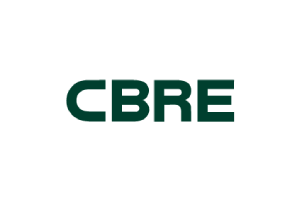
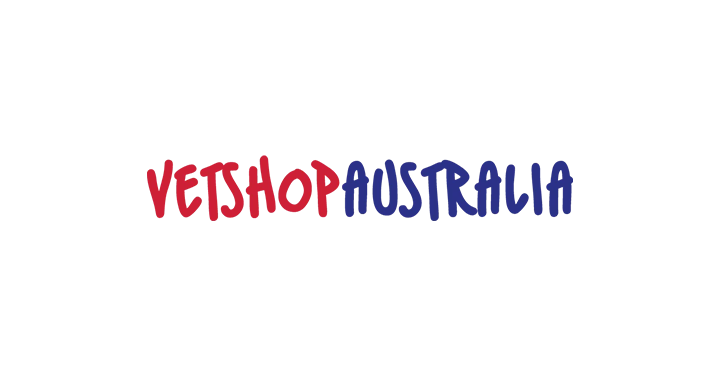
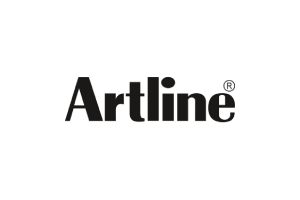


 500+ Real Five Star Reviews
500+ Real Five Star Reviews 

















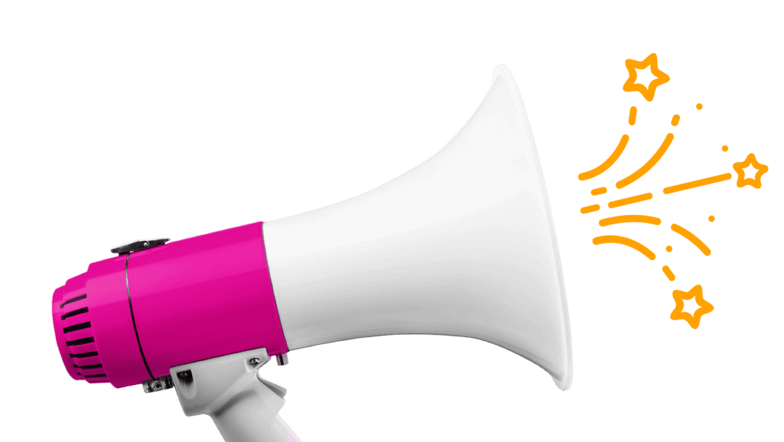


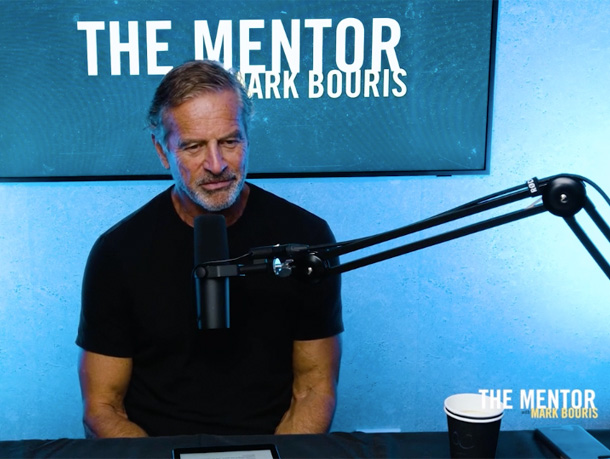


Check out how OMG has helped Mark Bouris gain instant success for the launch of his latest podcast, Survive & Thrive via Instagram. We have also helped his team drive viewership towards a new Instagram page, quickly gaining over 3k engaged followers using optimal social media strategies






Looking to grow your business like Hyperkarting? Through SEO, OMG was able to increase keyword indexation by 825% and obtain position #1 on Google for the keyword 'go karting sydney'. Want to overtake the competition? Get in touch with us today!






Want marketing that isn't one-size-fits-all? At OMG, we invest a lot of time into understanding your business, customer base and your industry. Take a look at how we helped WT Capital grow their sales.






Take a look at how we helped Workscene achieve a 26:1 ROAS for Google Ads, as well as a 50% YOY increase in conversions. See what results are possible for you when you work with OMG.






Take a look at how we helped Zenith Payments achieve a 43% increase in revenue, a 50% decrease in CPA and actually a conversion rate that continues to increase. See what results you can achieve when you work with OMG.



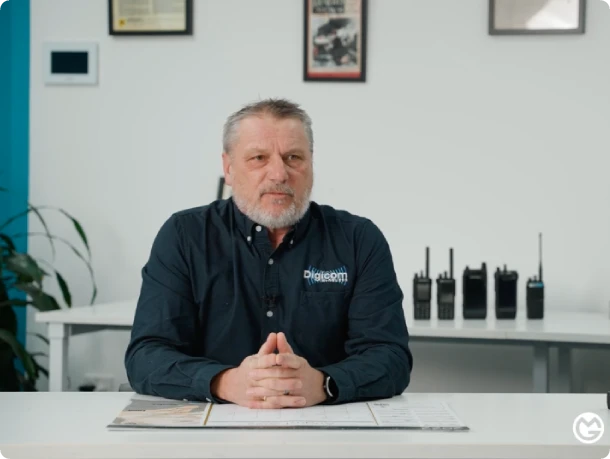


Want an agency that you can treat like an extended team member? We helped Digicom Wireless increase website performance, sales and visibility in the last 24 months. See what’s possible when you work with OMG.



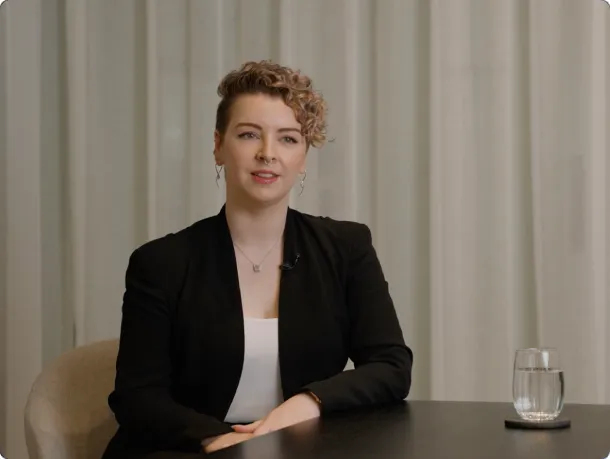


Cohen Handler Increased their organic conversion 345% YOY; increased their impressions by 20% and decreased CPC by 80%, all without having to change their budget. See what's possible when you work with OMG.



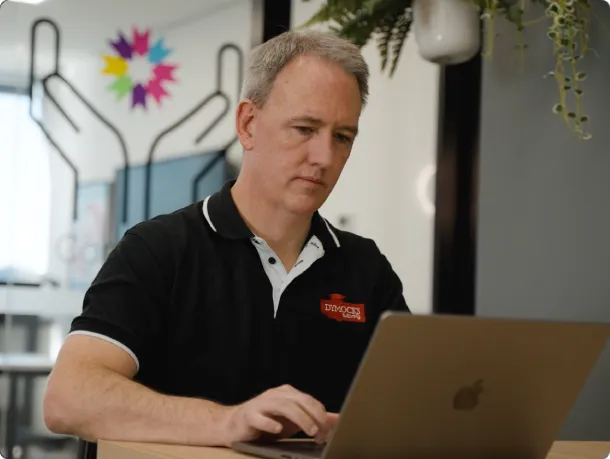


Want an agency that's business-savy, focused on same things that are of value to you, metric driven with no marketing fluff, and all about the performance and improving it? That's exactly what Dymocks Group found when they choose to work with OMG. See what's possible when you work with OMG.






Looking for a digital agency that values relationships? Night N Day has great relationship with their account manager and group director, and that relationship has turned into a friendship. See what’s possible when you work with OMG.






OMG helped Affordable Pest Control so organic conversions have increased 57% in the last 6 months compared to the previous period - a rise of 57%. Get in touch with us today!






COEN generated 129 leads in the first month of the campaign; leads hitting all time high of 200 - up 70% from the previous year. Take a look at how we helped COEN grow their conversion rate.






Take a look at how we helped Computer Cures increase keywords in the top 3 positions by +173% within a year. Their organic Search is now generating 70% of the traffic to the Website. Get in touch with us today!






NSI Nails increased their organic revenue by 277.77%; organic conversion rate has also increased 156% and keywords showing in the top 3 positions have increased 45.75%. See what results you can achieve when you work with OMG.



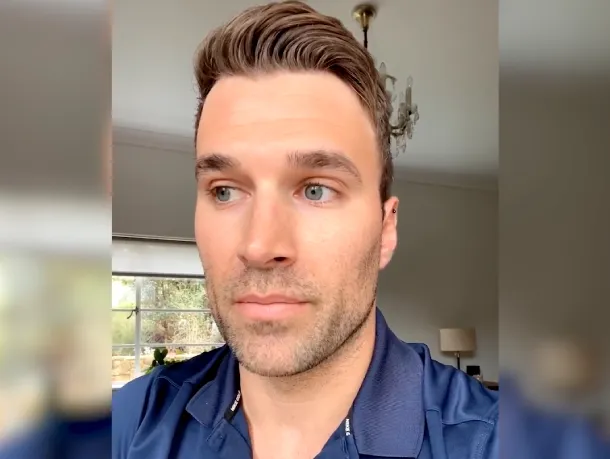


Positive Vibes Electrical's organic conversions increased by 233.33% and organic user increased by 420.75% YoY. See what results you can achieve when you work with OMG.




Generate thousands of quality leads and sales by engaging the right audience, in the right place, at the right time. Whether it’s Facebook, Instagram, LinkedIn or YouTube, our social media marketing strategies are engineered for maximum revenue. There’s nothing meta about it.













It depends entirely on your social media marketing goals and your industry. Every social media marketing platform has a different use and different benefits. Want to get insanely granular with your targeting? Go for Facebook or Instagram. Looking to connect with a business-to-business audience? Leverage LinkedIn. Ready to drum up brand recognition and engagement with video ads? YouTube is your go-to.
The key with any social media campaign is to create an integrated game plan that activates each platform at the right moment for maximum impact. It’s not about the ‘best’ one overall — it’s about finding the most effective platform for your business and your potential customers. And that’s what we’re here to help you do. As a top-rated social media marketing agency, our Gurus can help you understand which platform to market your products and services on to reach your goals, whether it’s awareness, traffic, leads or sales.
It’s almost like asking instead, ‘How am I willing to invest in gaining customers through social media marketing?’ The cost of your social media strategy and ad campaigns will depend totally on your budget for digital advertising, the size of your company, what social media accounts you have, and who your target audience is. Social media advertising can range from $800 a month to thousands, depending on your budget and your goals. However, the goal for our gurus is always the same: to help you get the highest return on advertising spend (ROAS) possible. That means optimising the targeting, creative, copy, ad format, and ad schedule to ensure your social ads are cutting through on all social platforms — whether it’s Facebook, Instagram, LinkedIn or YouTube.
If you want a clearer picture of costs, the best way to do it is to claim your free audit. Our gurus will audit your current social media presence and your advertising performance, then provide you with a 6-month multi-channel game plan for success. This is by far the most accurate way to gauge what you need to do and how much you need to invest to reach your business objectives.
Social media advertising is a digital marketing tactic where you pay for ads to target users on various social media platforms, like Facebook, LinkedIn, Twitter or Instagram.
Why do this?
With 2.8+ billion users on Facebook alone (a third of the planet) you can bet the audience on social media is massive — and so is the opportunity. If you’ve ever dreamed about expanding your reach and growing your business year in and year out, social media advertising is the way to do it. In fact, 64% of all online shoppers say videos they saw on social media influenced a purchasing decision.
So how does it work? Social networks let you tap into their user information to serve highly targeted and relevant advertisements. You can serve ads to Facebook users with Facebook Advertising, inspire Instagrammers to buy with Instagram Advertising, or connect with professionals using LinkedIn Advertising. Regardless of the platform, social media marketing can deliver brilliant conversions and sales with a stunningly low cost per acquisition — provided you’ve got the right strategy in place.
On top of different audiences, each social media marketing channel has its own advertising tools and features to help advertisers get the best from their ad budget. When you create Instagram ads or YouTube Ads that stand out, you can bet your ROI is going to go through the roof.
Paid social advertising metrics differ from the ones you’d get from an organic social media campaign. While organic social media marketing focuses on reach and engagement, paid social advertising metrics evaluate the ROI of your ads in terms of leads and sales.
Here at OMG, we focus on three main metrics for our paid social: cost per action, clickthrough rate, and ROAS (return on ad spend). Unlike other social media marketing firm companies, we place more focus on conversions, as we know how to get your target customers over the mark and get you the ROAS and attention your brand deserves.
There are also other metrics like cost per view, impressions, and average bids but we choose to focus on the numbers that have the biggest impact on your bottom line.
Advertising on social is a must if you want to reach your target market in the place where they spend their time. Why is social media advertising an excellent tactic for a healthy ROI? Because billions of people use social media. Social media marketing stats for 2021 show there are 3.78 billion social media users globally – that’s almost half of the current world’s population. Facebook alone has a massive 2.8 billion active monthly users, and Instagram boasts a super-engaged 2+ billion active users.
With a targeted strategy, you can grow your sales, nurture loyal customers, build brand awareness, and target new and returning customers for even more conversions.
One of the most impressive things about social media marketing is that there is almost no limit to your ability to scale. If you want to reach 100,000 people in one day, social advertising makes it happen. No need to wait for them to search your targeted keywords, like with paid search. And no need for them to find your content in the first place. Social media advertising is immediate – you can start generating clicks and conversions from day one.
This is a big selling point for eCommerce sites and small businesses that don’t have the ad spend of larger enterprises. Social media ads let you immediately and consistently reach new customers. Research shows that social networks are the most significant source of inspiration for B2C purchases – 37% of consumers find purchase inspiration through social media (PwC 2018).
That’s the thing about social media ads – they let you target hyper-specific audiences. Think about all the information people divulge to Facebook and Instagram. That’s information advertisers can use to reach potential customers who are likely to want the products and services they offer. Facebook even has a powerful Custom Audiences feature which lets you target specific ads based on customer lists, website visitors, app users, and lookalikes.
But really, the proof is in the outcomes. Take, for example, Edible Beauty who got a 417% return on paid social media advertising or Beme, who grew website revenue by 67% with the help of social, targeted PPC campaigns like Google Ads, and SEO. Want to see more success stories from social media marketing? Check out our case studies.
Social media marketing agencies are a dime a dozen, but that doesn’t mean you should pick any old social media marketing agency to help you with your social media marketing strategy. If you really want to see tangible results with targeted PPC marketing campaigns, you need to work with a social media marketing company that knows how to maximise your ROI and reach your target audience.
Start by looking for a digital marketing agency that will give you a unique social media management plan tailored to YOUR needs and goals, leveraging both organic and paid marketing efforts. There are countless opportunities for businesses to reach out to their audience through social media marketing – a one-size-fits-all approach will not cut it. For example, while 97% of social advertisers choose Facebook as their most used and most useful social media management platform, the vast majority are in browsing mode. Similarly, if you’re running a B2B business, LinkedIn Ads should form a key part of your marketing strategy.
So, any social media agency you consider working with should take time to get to know you, your goals, your target audience and your broader digital marketing strategies BEFORE they commit to a plan.
Just as important, the best social media marketing companies will be able to tell you how they will measure results. There shouldn’t be any guesswork. Measuring your results and using actual data is the only way to get a sustainable ROI. Be wary of any agency that doesn’t talk about real, measurable metrics, like conversions and sales. You should never be questioning what’s going on with your social media management and what value your ads are bringing – an honest, results-driven social media agency will make sure of that.
Want to work with a social media marketing agency that knows how to get the best return for your advertising investment? OMG has got it covered. We always start by understanding your business objectives. This not only makes sure we have a big picture of where you want to be, but it also ensures we choose the right social network to advertise on, whether that’s Facebook advertising, Twitter advertising or a combination of several social media platforms. With so many advertising options on offer, it pays to get it right from the start. Then we can craft the right messages and target the audiences that are most likely to be interested in what you have to offer.
Our Gurus take the time to understand exactly who you’re trying to reach so we can take maximum advantage of the incredible targeting options on social media platforms. This ensures our social media agency will deliver the best bang for your advertising buck, time and time again.
We never set and forget with social media management either. One of the great advantages of social media campaigns is instant feedback. We can gauge the effectiveness of your social media marketing in moments and delve deep into analytics on ads manager to see where we can improve. Testing is one of our best strategies. We use A/B testing to see how one ad performs against another and whether one click-through rate is higher than another. This helps us refine your strategy to improve audience targeting and create the best LinkedIn, Instagram or Facebook ads for engagement and conversions.
Ready to talk about your social media marketing strategy? Talk to our digital marketing Gurus today.






